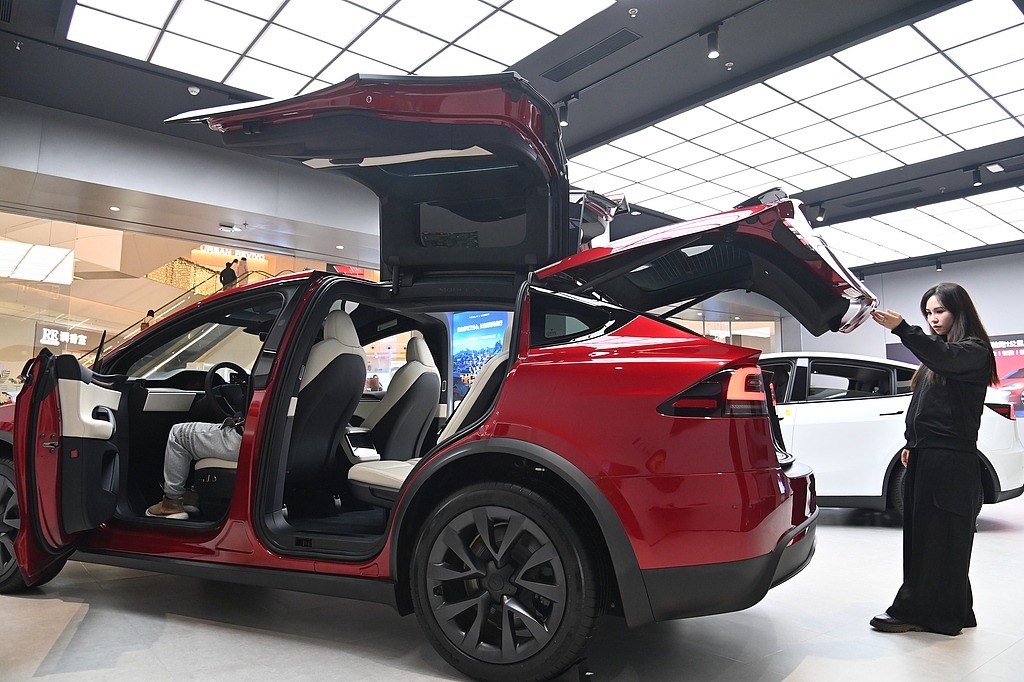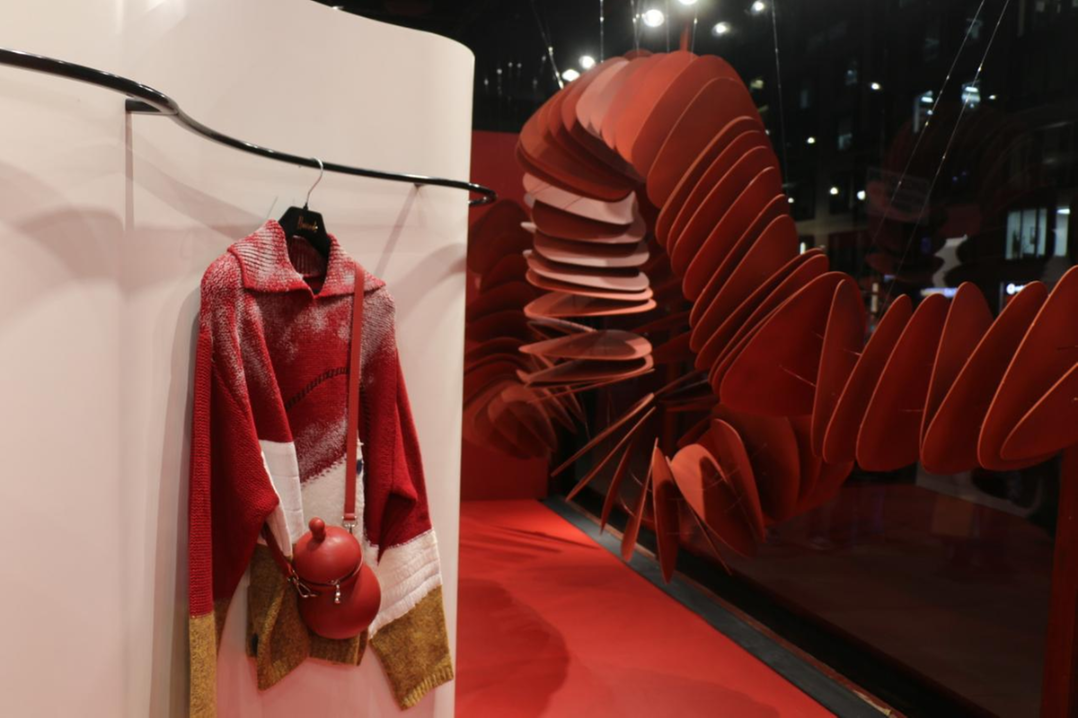Chinese scientists develop 'magical suit'
Xinhua | Updated: 2017-10-24 14:19
BEIJING - In US sci-fi movie After Earth, protagonist Kitai Raige wears a magical suit. The suit, normally brown and scaly, turns beige when Kitai is freezing. When he is bitten by a poisonous insect, the suit instantly turns white.
Now this fictional concept has come true. At the third International Conference on Nanoenergy and Nanosystems in Beijing, Wang Zhonglin, an academician of the Chinese Academy of Sciences, introduced one of its many inventions, the intellectual suit, which has functions similar to Kitai's suit.
Intellectual suits, fitted with large-area textile sensors, can detect temperature, ph levels, pressure and other indicators that show the health status of a person. By wireless transmission, those signals can be sent to a cellphone, a computer, or even to a doctor's computer a thousand miles away, so a person's health can be monitored anytime and anywhere, said Wang.
The conference, organized by the Beijing Institute of Nanoenergy and Nanosystems, is one of the most influential in the field of nanoscience and energy. This year it touched on topics such as nanogenerators, self-powered sensors and systems, piezotronics, piezophototronics, energy storage and self-charging power systems. Over 700 scientists from more than 30 countries attended the conference from Oct 21 to 23.
Wang also mentioned "nano tattoos". These stickers on the arm, which can be shaped as a pattern much like a tattoo, will be able to administer drugs into a patient's veins, providing a private and painless way of injection for diabetics.
Also in the health sector was a self-charging cardiac pacemaker, which doesn't need recharging or replacement. Scientists have made prototypes of all these gadgets at the institute's technopark. They are expected to hit the market in two to three years, said Wang.
The secret behind these high-tech gadgets is an innovation called the triboelectric nanogenerator. It harvests mechanical energy of motion, such as the energy people produce when they walk, and transforms it into electric signals.
This technology is also potentially transformative in the field of electronic devices. For example, page-flipping glasses, which allow people to turn pages on a cellphone with a blink of an eye, have also become a reality. The trick is to fix a nanogenerator on the glasses frame, so it harvests the mechanical energy of the facial expressions, and transforms it into electricity to power the remote control that turns pages on the cellphone.
On a small scale, nanogenerators can be used to power portable devices. There are now nanogenerating shoes, suits, bicycles and carpets, all of which gather the mechanical energy people produce when they walk, run or cycle to power lights, monitor body indicators, and record the trajectory of movements while providing energy for themselves.
"Nanogenerating carpets, in particular, will be able to detect irregular movements, so that when someone trips and falls, it will automatically sound an alert and solicit help," said Wang.
This technology shines a light on green energy too. In the technopark, Wang's team built a prototype of a nanogenerating powerhouse. It generates electricity by harvesting energy from raindrops, making a substitute for solar energy on rainy days. Similarly, another nanogenerator is able to exploit tidal energy.
Ashutosh Tiwari, secretary general of International Association of Advanced Materials, spoke highly of China's contribution to nanoscience. "China has surpassed the US and ranks first in the field of nanoenergy. Thanks to the hard work of Chinese scientists around the world, it now produces 50 percent of academic publications every year. But how to synchronize it into applications, that's a question to think about," he said.
























